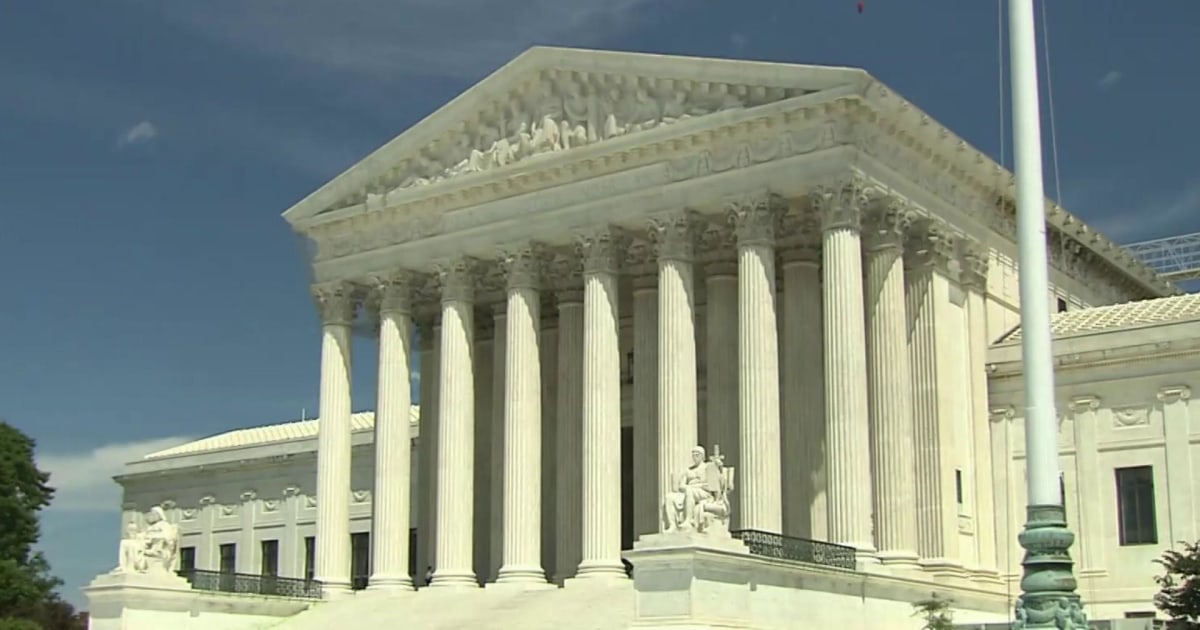From about 2000 to 2013 the federal government gave railroads grants to buy green, low emissions engines. In addition to the grants, the Railroads would get 15 years of tax credits for the purchase of the equipment, which the government paid for in full via the grants.
It sounded like a good idea, but I recently learned a lot about it in a thread on a railroad forum and how this idea failed.
Most of these green engines are sitting on the dead line, and now that 15 year tax credits are coming up many of them are now being scrapped.
What went wrong? Were they a bad design or lemons? Are things just build to last anymore? The answer to those questions is no, not really.
The issue was the railroads did not have the proper talent to perform maintenance on engines that are heavily computerized. They also did not understand how to operate them.
Historically, many engines railroads still use today are 40 to 60 years old. All mechanical, and they run them into the ground before bringing them into the shop.
The newer engines have computers, and faults go off that shut down the engine to prevent any kind of mechanical failure. This resulted in these engines being known as shop queens, having to visit the maintenance shop far more often to perform routine maintenance to prevent failures rather than running the engine without proper maintenance until it fails. The maintenance crews, which weren't familiar with the computerized systems, often placed these engines in the dead line rather than performing the required maintenance because they couldn't figure out what was wrong. And these engines were often treated with low priority when fixing as they took longer to digianose with staff that aren't properly trained and considered unreliable because they were always in the shop. Things like needing to replace an oil filter in the engine would trigger a fault.
Another issue was these engines were designed for light to medium weight freight trains. Many railroads often used them on heavy freight. To make matters worse, they were paired with older engines of the same horsepower. These new green engines are not interchangeable with any other engine of the same horsepower because they have much better acceleration. Instead of one large diesel engine, they had 3 smaller diesel engines that powered a generator. The trains propulsion were 100% electric power based. So when put on a heavy freight train in a mixed with older engines and having higher acceleration, the engines and acceleration were often pushed beyond their limits requiring in premature maintenance according to their designed maintenance schedules.
Newer engines also have to meet stricter emissions standards. They have emission standards, and require more maintenance to keep within the legal limits of emissions.
The reason why they are being scrapped now is the tax credits are ending, and the engines are considered to cost too much in maintenance to be beneficial and unreliable because they constantly need to be taken out of service to have routine maintenance performed on them.
An engine over 40 years old has no emissions standards. Doesn't need to pass emissions tests or require upkeep to pass the emissions tests. Not to mention, they can ignore maintenance altogether until there is a major failure and just rebuild the engine / replace the parts. They find this to be far cheaper to operate.
So culturally they were not a good fit, as railroads want the least amount of maintenance and expenses required.
So, this has me wondering again. What would it take to actually move to a new type of engine that is better for the environment.


